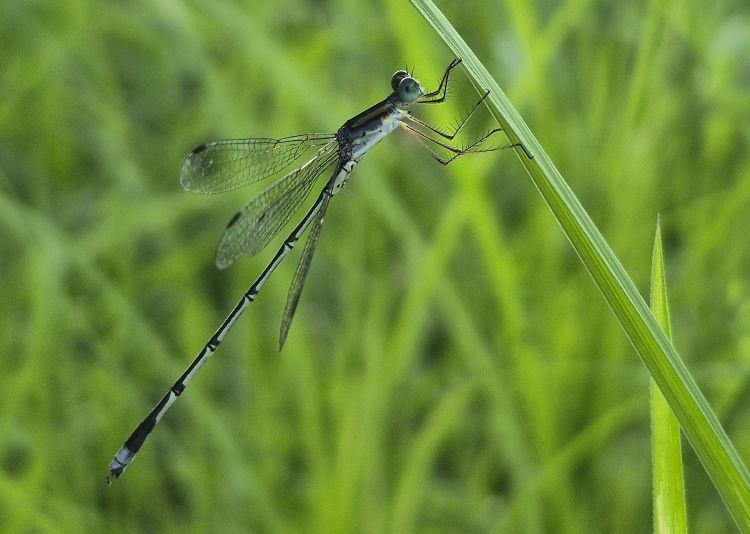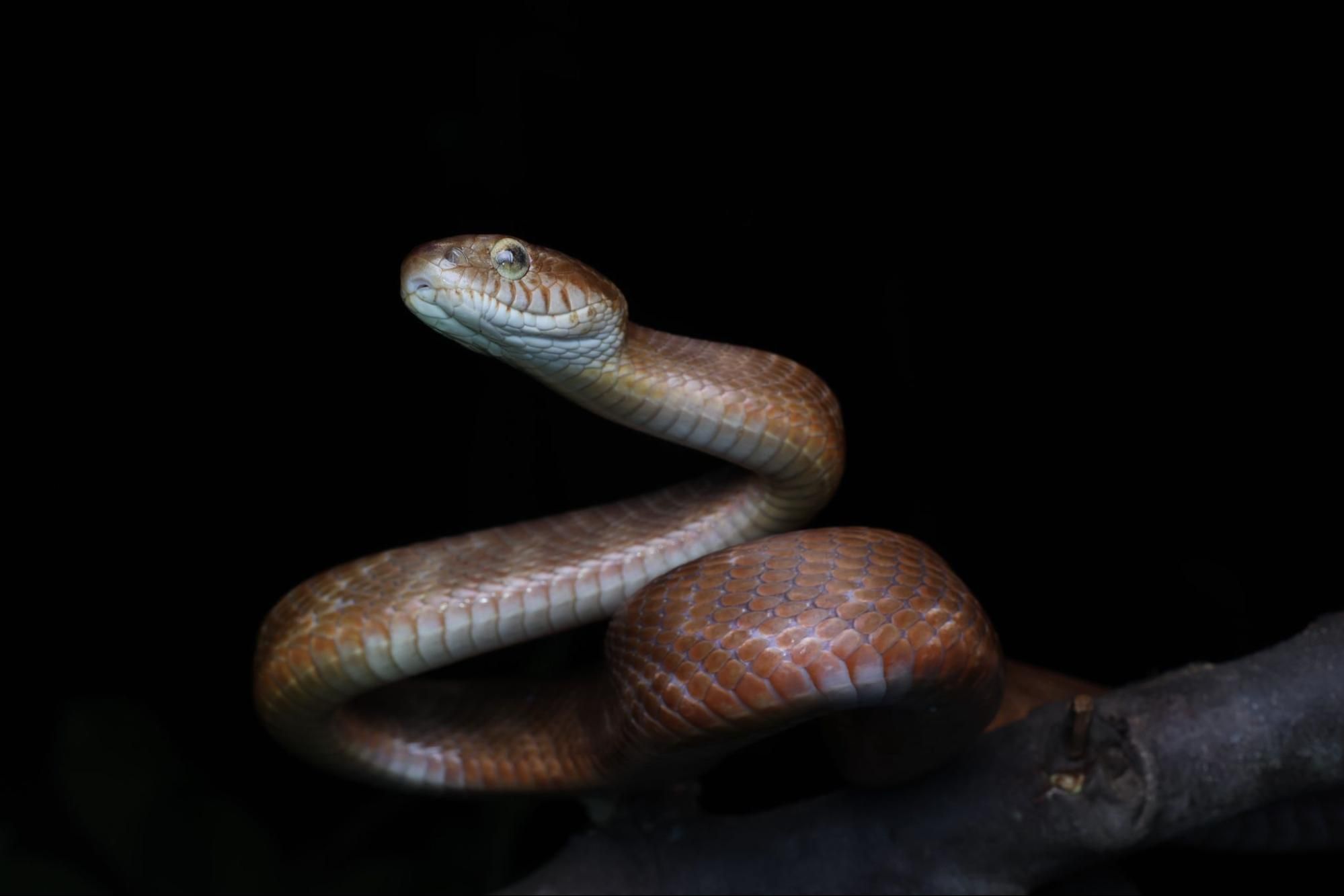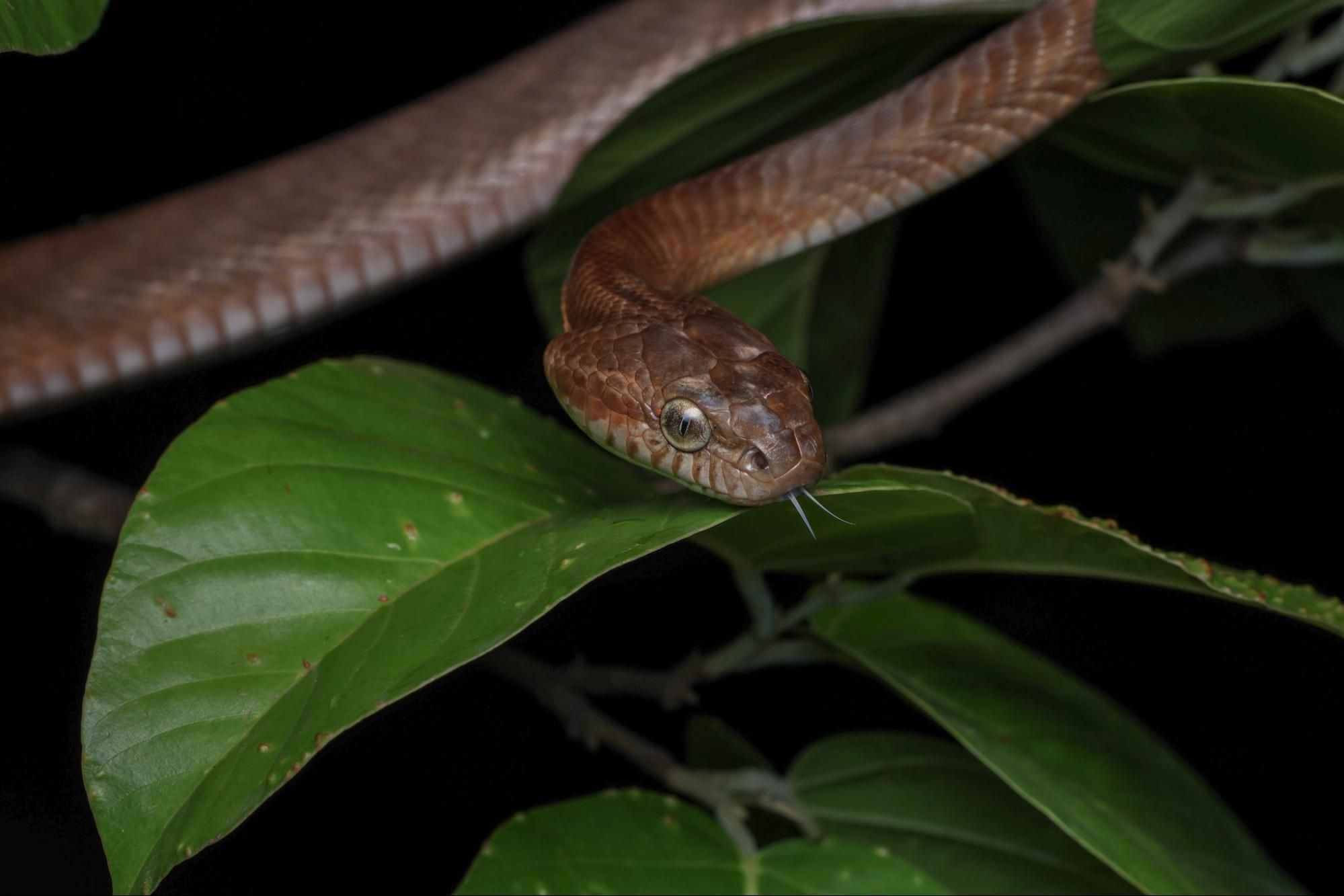
Blue Spreadwing Damselfly
Blue Spreadwing Damselfly spotted in Kanha
A stunning blue damselfly Dark-striped Spreadwing, scientifically known as Lestes nigriceps, has made a remarkable reappearance after nearly a century of obscurity. Initially described in 1924 by Fraser, this species has recently been documented by researchers in Maharashtra, sparking renewed interest in its distribution and habitat.
Recently a specimen of this was spotted by David Raju, a well known Odonata expert and our team of in-house naturalists of Outpost 12, Tilari while on a walk in the lodge grounds.
While the earlier sighting records were from Maharashtra, our recent sighting in Kanha National Park suggests a potentially wider range for this elusive insect than previously understood.

A Century of Mystery: First identified from a specimen in Pusa, Bihar, Lestes nigriceps had not been officially recorded in India for almost 100 years. Its rediscovery, detailed in a research paper by Shantanu Joshi, Dr. Dattaprasad Sawant, and their team, placed it in Aarey Milk Colony in Mumbai and the Dhamapur and Talebazar areas of Sindhudurg district in Maharashtra. These findings, published in the International Journal of Odonatology, have been celebrated as a poignant reminder of nature's resilience.
Distinctive Features: Lestes nigriceps is a visually striking damselfly. It is characterized by its glittering emerald stripes on the thorax and piercing turquoise-blue eyes. Like other "spreadwings," it has a unique resting posture, holding its wings partially open, unlike most other damselflies that fold their wings completely against their bodies.
Ecological Significance: The reappearance of this species in diverse locations - from the urban green spaces of Mumbai to the lateritic plateaus of Sindhudurg, and now potentially the forests of Kanha - highlights the importance of conserving varied habitats. Each new sighting provides invaluable data for ecologists and conservationists, helping to piece together the life and range of this rare damselfly and underscoring the rich biodiversity of the Indian subcontinent. The presence of such species often indicates a healthy and balanced ecosystem.
Damselfly
A damselfly is a flying insect that is often found near ponds, lakes, and streams. They are known for their long, slender bodies and beautiful, often colourful, appearance.
Think of them as the more delicate, graceful cousins of dragonflies.
How to Tell a Damselfly Apart from a Dragonfly
Most people confuse damselflies with dragonflies. Here’s an easy way to tell the difference:
| Feature | Damselfly | Dragonfly |
|---|---|---|
| At Rest | Holds its wings together, folded back over its body. | Holds its wings spread out flat, like an airplane. |
| Body | Thin and needle-like. | Thicker and more robust. |
| Eyes | Large, but set far apart on the sides of its head. | Huge, often touching in the middle of their head. |
| Flight | Fluttery and seems weaker. | Powerful, fast, and athletic. |
What Do Damselflies Do?
- They are Hunters: Damselflies are excellent predators. They catch and eat other small insects like mosquitoes, flies, and gnats. This makes them very helpful in controlling pest populations.
- They Start in Water: Damselflies lay their eggs in or near water. Their young, called nymphs, live underwater for months or even years, hunting tiny aquatic creatures before they transform into the flying adults we see.
- They are a Sign of a Healthy Environment: Because they rely on clean, unpolluted freshwater to reproduce, the presence of many damselflies is often a good indicator that the local water ecosystem is healthy.
In short, a damselfly is a beautiful, delicate insect that helps control mosquito populations and signals a healthy environment.
Follow Durgesh at @dkinwild, Aabhas at @aabhaschawrekar & David Raju at davidraju2007




